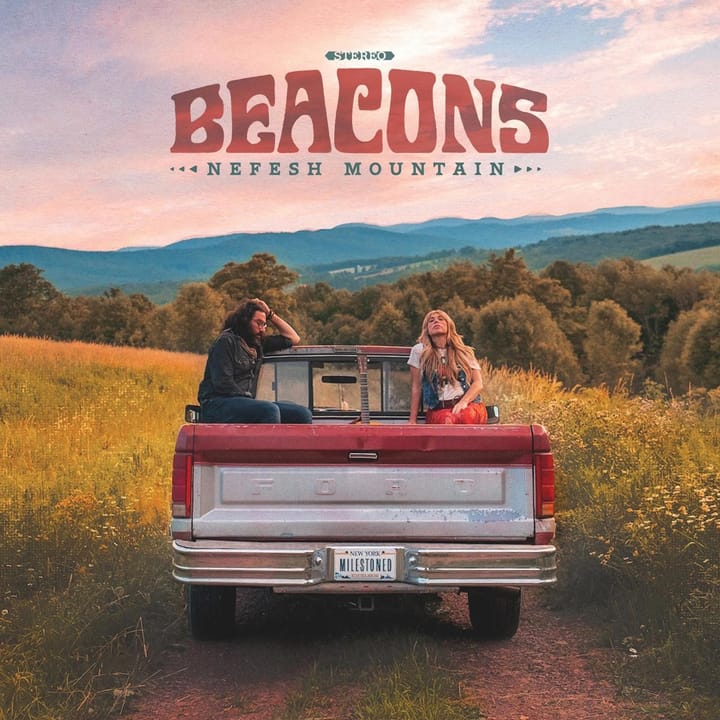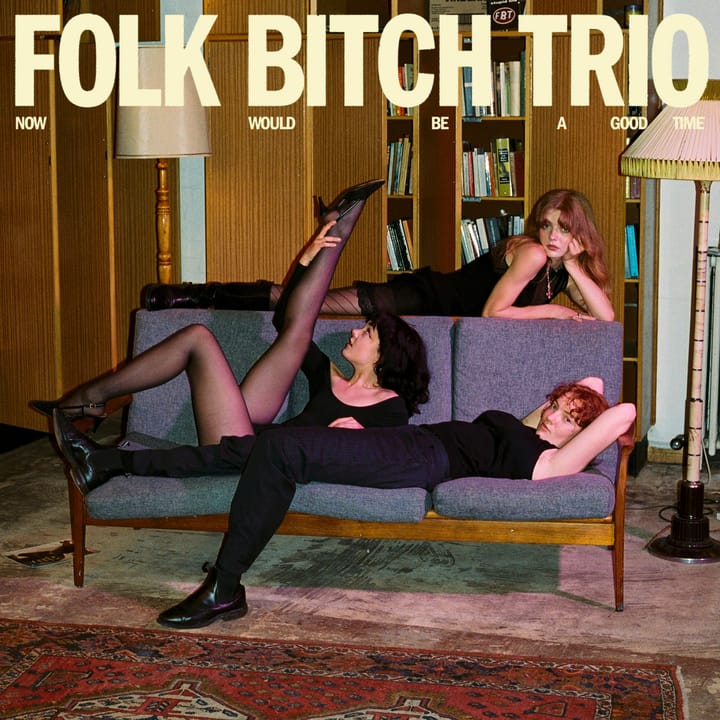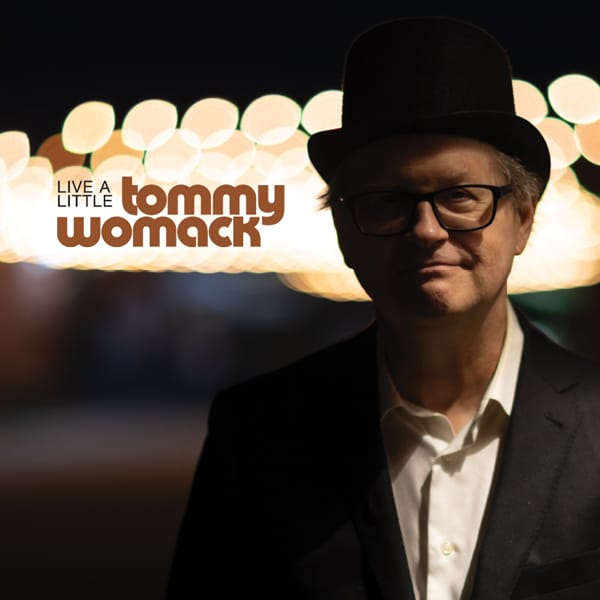In 1957, Nashville-based Excello Records released a doo-wop record called "Little Darlin'" by five-member vocal group the Gladiolas. Written by the group's soon-to-be semi-famous leader, Maurice "Stay" Williams, "Little Darlin'" was built around a cacophonous, faintly Latin rhythm that sounds something like a symphony of wooden crickets. Just missing the pop Top 40 but going all the way to #11 on the R&B charts, it was a real good record.
Good enough, in fact, that the song was quickly covered by the Diamonds, whose version soared all the way to #2, R&B and pop. You could easily rationalize the Diamonds' greater success: They were an established white act on a label with superior resources, not a new black group on an independent. But after you listen to the records back-to-back, the most persuasive explanation is simply that the Diamonds made a better record.
Though they stuck to the original's basic arrangement, swiping everything from the woodblock and castanets to Williams' exaggerated pronunciation, the Diamonds also elevated the song's recitation from cutesy to dramatic, shoved the la-la-las way out front in the mix in a voice so piercing it sounds maniacal, and made all that rhythm explode out of the speakers rather than just click. The Diamonds turned a good record into a great one.
In a way, "Little Darlin'" is the Excello Records story in a nutshell. For over 20 years, the indie released good record after good record, but not many great ones -- especially when compared to the catalogues of R&B powerhouses such as Atlantic, King, Specialty and Chess. On the other hand, the 80 tracks spread across the new four-disc series The Excello Story prove that good record after good record is nothing to sneeze at. And the great records, when they came, were great indeed.
Excello was born in 1952 when regional record distributor Ernie Young, concluding that the Nashville competition was just too fierce for the hillbilly records he'd been releasing on the Nashboro label, decided rhythm & blues was where a local fellow might make a buck. The first Excello release was a gospel record by the Boyer Brothers, "Step By Step", that can still make your neck hairs stand up and testify, despite sounding as if it were sung over the phone. Sound problems, unfortunately, were not uncommon on Excello's earliest R&B recordings: Bernie Hardison's "Love Me Baby" from 1953, to cite just one example, rocks hard in Joe Turner fashion, but it's so muffled it sounds as if the band were set up somewhere in the next county.
A more consistent problem in Excello's early years, anthologized on Volume 1, was a general lack of originality; the label consistently chased after the hottest current sounds. Enjoyable but unremarkable, Jack Cooley's 1952 single "Dyna Flow", for example, owes not a little to Jackie Brenston's "Rocket 88", recorded in Memphis the year before. Del Thorne & Her Trio's "Down South In Birmingham" is a swell swinging blues, but pales beside its classic model, Louis Jordan's "Saturday Night Fish Fry".
Even Excello's rare early country side fell into this trap. Jack Tombs' 1954 "You're The Only Good Thing" is clearly shooting for an Eddy "Tennessee Plowboy" Arnold feel, with the major disadvantage that Tombs doesn't have Arnold's voice. Still, there were moments of lasting inspiration in Excello's first years, most famously Arthur Gunter's chugging "Baby Let's Play House", an original in every sense of the word.
Excello finally discovered a distinctive style in 1955 when Young met Jay Miller, an aspiring Louisiana producer best known, at that point, for penning "It Wasn't God Who Made Honky Tonk Angels". The two men cut a deal: Miller recorded the R&B, and Young released it.
The artists who Miller recorded (and nicknamed) -- Lightnin' Slim, Lazy Lester, Guitar Gable, Lonesome Sundown -- became known collectively as purveyors of "swamp blues," an electric brand of country blues that was tremendously influential, inspiring later acts like Tony Joe White, Jerry Reed, the Fabulous Thunderbirds and, of course, the Rolling Stones. The best of the bunch, and Excello's main claim to fame, was Slim Harpo, whose harmonica-driven sides were distinguished by their purt-near country grooves and twangy vocals, the product of Miller's prodding to sing more "like Hank Williams."
These early swamp blues singles, including Harpo's classic "I'm A King Bee", are collected on Volume 2 of the series, as are a few of Miller's occasional forays into other sounds, such as the manic rockabilly of Al Ferrier's "Hey Baby".
But it was from 1957 to 1961 (Volume 3 in the series) that Excello entered its golden age. Regularly interspersed among all those good records (including "Little Darlin'") are some genuinely great ones: Lazy Lester's "I'm A Lover, Not A Fighter" (fueled by a riff that anticipates Dave Dudley's trucker sound) and "I Hear You Knockin'", and most impressively, Harpo's essential "Rainin' In My Heart".
The excellent concluding volume in the series, ranging from 1961 all the way to the label's mid-'70s demise, captures the final heyday of swamp blues (Harpo's 1966 "Baby Scratch My Back", which topped the R&B chart and climbed to #16 pop, was the label's biggest hit), as well solid examples of traditional R&B. By the time Harpo's "Tip On In" charted in '67, though, the straight swamp blues, as a commercial form, was finished.
Consequently, Excello's final years were spent once again chasing the hot sound of the moment. Volume 4's last half-dozen or so cuts feature fine soul facsimiles of everything from Otis Redding to Tyrone Davis, nearly all of them very good. Freddie North's Stax-Volty "She's All I Got" (later a country smash for Johnny Paycheck) and Eugene Kemp's soulful Nixon-era blues "The Power Is Gone" might even be called great. By then, though, independent regional R&B labels were about as commercially viable as doo-wop singles and swamp blues records. Excello shut down in 1975.




Comments ()